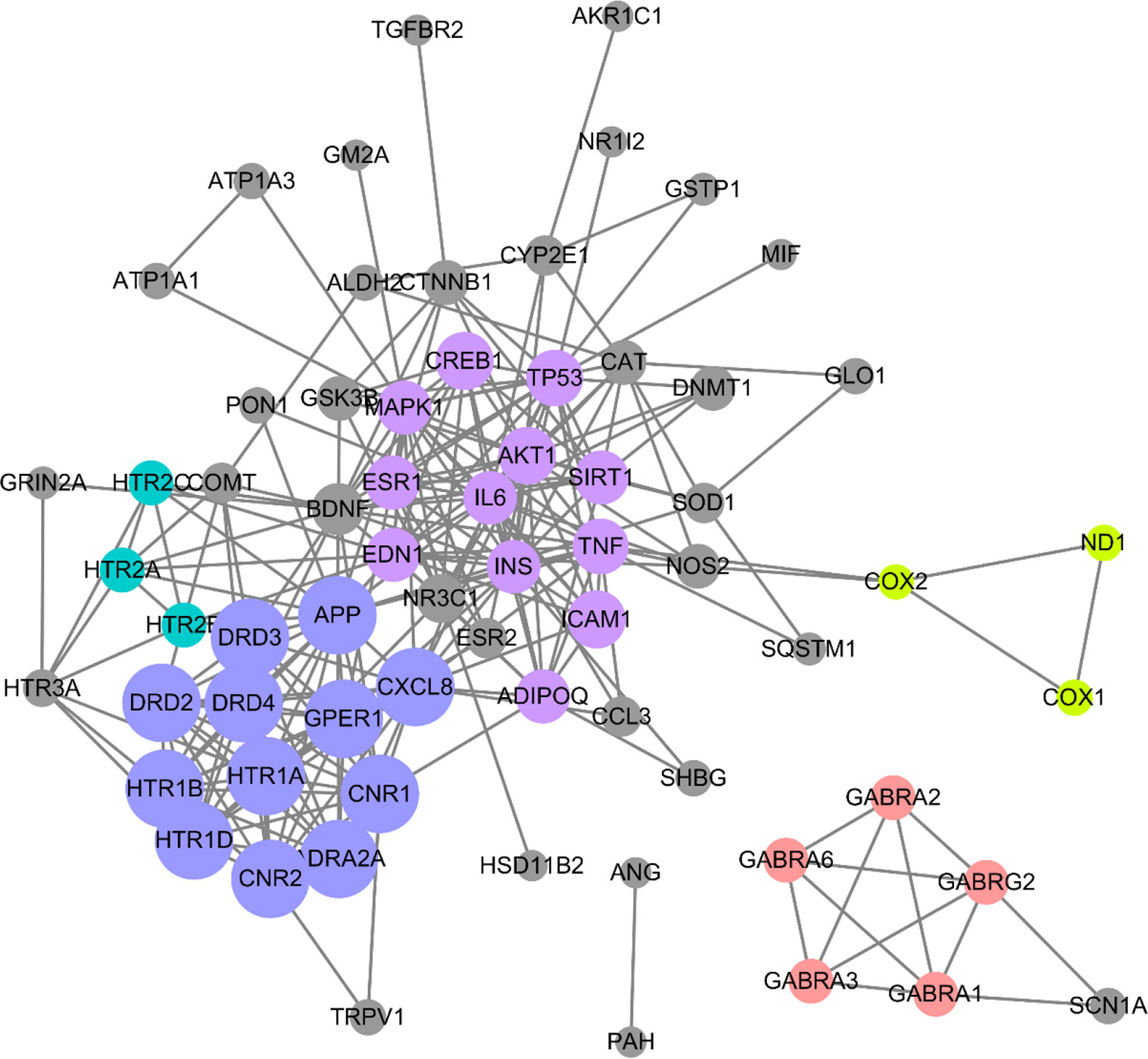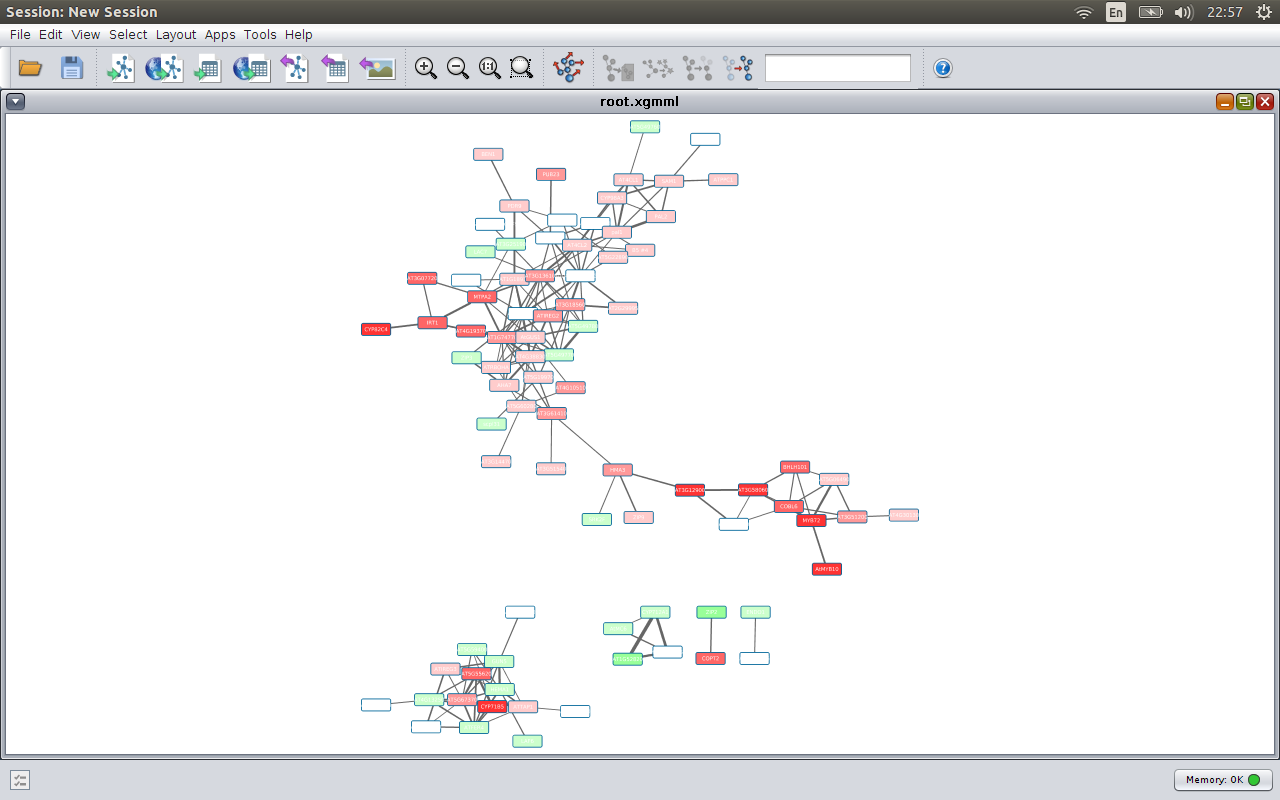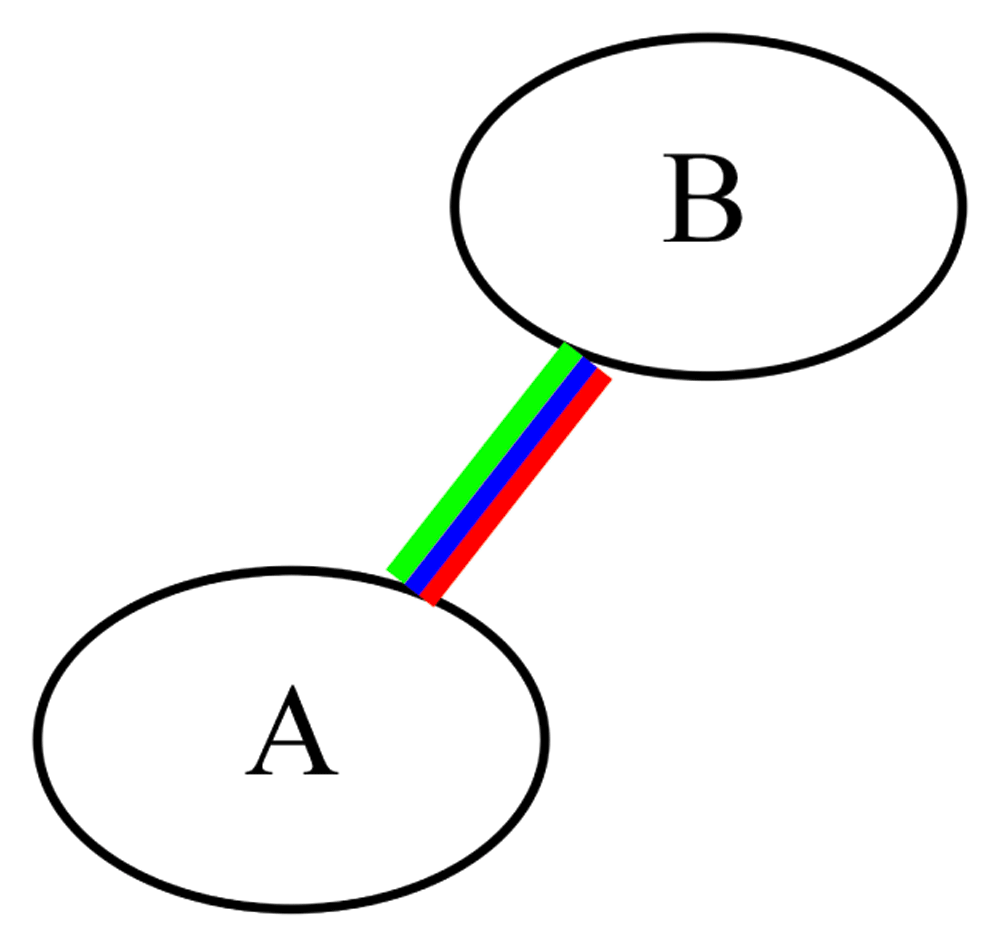

- CYTOSCAPE ASSIGN COLORS TO DIFFERENT CLUSTERS HOW TO
- CYTOSCAPE ASSIGN COLORS TO DIFFERENT CLUSTERS CODE
We will be treating our MxN image as our data points.

To remedy this, we simply using the cv2.cvtColor function.įinally, we display our image to our screen using matplotlib on Lines 21-23.Īs I mentioned earlier in this post, our goal is to generate k clusters from n data points. However, these images are stored in BGR order rather than RGB. Remember, OpenCV represents images as multi-dimensions NumPy arrays. On Lines 17-18 we load our image off of disk and then convert it from the BGR to the RGB colorspace. We only require two arguments: -image, which is the path to where our image resides on disk, and -clusters, the number of clusters that we wish to generate. Lines 9-13 parses our command line arguments. And finally the cv2 package contains our Python bindings to the OpenCV library. The utils package contains two helper functions which I will discuss later. To parse command line arguments we will use argparse. We’ll also be using matplotlib to display our images and most dominant colors. We’ll use the scikit-learn implementation of k-means to make our lives easier - no need to re-implement the wheel, so to speak. Lines 2-6 handle importing the packages we need.

Image = cv2.cvtColor(image, cv2.COLOR_BGR2RGB) # load the image and convert it from BGR to RGB so that # construct the argument parser and parse the argumentsĪp.add_argument("-i", "-image", required = True, help = "Path to the image")Īp.add_argument("-c", "-clusters", required = True, type = int, OpenCV and Python K-Means Color ClusteringĪlright, let’s get our hands dirty and cluster pixel intensities using OpenCV, Python, and k-means: # import the necessary packages There are algorithms that automatically select the optimal value of k, but these algorithms are outside the scope of this post. One caveat of k-means is that we need to specify the number of clusters we want to generate ahead of time. Pixels that belong to a given cluster will be more similar in color than pixels belonging to a separate cluster. We will treat these MxN pixels as our data points and cluster them using k-means. Given a MxN size image, we thus have MxN pixels, each consisting of three components: Red, Green, and Blue respectively. In our case, we will be clustering the pixel intensities of a RGB image. Data points inside a particular cluster are considered to be “more similar” to each other than data points that belong to other clusters. Overall, applying k-means yields k separate clusters of the original n data points. The mean of each cluster is called its “centroid” or “center”. Each of the n data points will be assigned to a cluster with the nearest mean. The goal is to partition n data points into k clusters. This example will run on Python 2.7/Python 3.4+ and OpenCV 2.4.X/OpenCV 3.0+.
CYTOSCAPE ASSIGN COLORS TO DIFFERENT CLUSTERS HOW TO
In this blog post I’ll show you how to use OpenCV, Python, and the k-means clustering algorithm to find the most dominant colors in an image. You might think that a color histogram is your best bet…īut there’s actually a more interesting algorithm we can apply - k-means clustering.
CYTOSCAPE ASSIGN COLORS TO DIFFERENT CLUSTERS CODE
Looking for the source code to this post? Jump Right To The Downloads Section


 0 kommentar(er)
0 kommentar(er)
